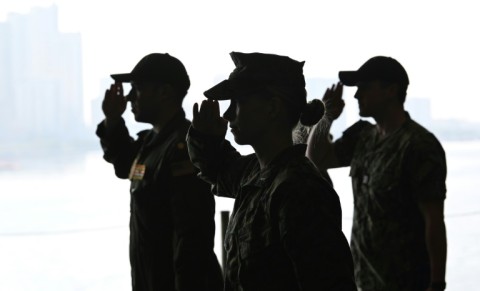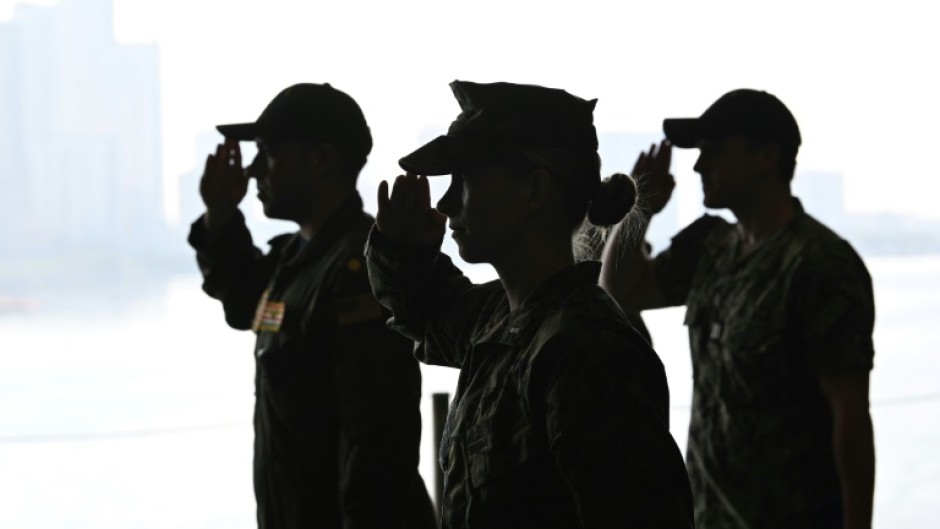
The Philippines announced Monday the location of four additional military bases to be used by US troops, with one site near the hotly disputed South China Sea and another not far from Taiwan.
The longtime treaty allies agreed in February to expand cooperation in "strategic areas" of the Philippines as they seek to counter China's growing assertiveness over self-governed Taiwan and the building of Chinese bases in the South China Sea.
The 2014 Enhanced Defense Cooperation Agreement, known as EDCA, gave US forces access to five Philippine bases.
It was expanded to nine, but the locations of the four additional bases were withheld until Monday while the government consulted with local officials.
The four sites had been assessed by the Philippine military and deemed "suitable and mutually beneficial", the Presidential Communications Office said in a statement.
It said the bases would also be used for humanitarian and relief operations during disasters.
A US official confirmed that the locations announced by the palace were the new EDCA sites.
Three of the sites are in the northern Philippines, including a naval base and airport in Cagayan province and an army camp in the neighbouring province of Isabela, the Philippine statement said.
The naval base at Cagayan's Santa Ana is about 400 kilometres (250 miles) from Taiwan.
Another site will be an air base on Balabac Island, off the southern tip of Palawan Island, near the South China Sea.
Cagayan Governor Manuel Mamba has publicly opposed having EDCA sites in his province for fear of jeopardising Chinese investment and becoming a target in a conflict over Taiwan.
But Philippine acting defence chief Carlito Galvez told reporters recently the government had already decided on the sites and that Mamba had agreed to "abide with the decision".
The agreement allows US troops to rotate through the bases and also store defence equipment and supplies at them.
- China critical of deal -
The pact stalled under former president Rodrigo Duterte, who favoured China over the Philippines' former colonial master.
But President Ferdinand Marcos, who succeeded Duterte in June, has adopted a more US-friendly foreign policy and has sought to accelerate the implementation of the EDCA.
Marcos has insisted he will not let Beijing trample on Manila's maritime rights.
While the Philippine military is one of the weakest in Asia, the country's proximity to Taiwan and its surrounding waters would make it a key partner for the United States in the event of a conflict with China.
Beijing has been critical of the agreement, which its embassy in the Philippines said recently was part of "US efforts to encircle and contain China through its military alliance with this country".
The Chinese embassy did not respond immediately to a request for comment.
The United States has a long and complex history with the Philippines.
They share a decades-old mutual defence treaty, but the presence of US troops in the Southeast Asian country remains a sensitive issue.
The United States had two major military bases in the Philippines but they were closed in the early 1990s after growing nationalist sentiment.
US troops return to the Philippines every year for joint military exercises, including Balikatan, which kicks off next week. With more than 17,000 soldiers taking part, it will be the largest yet.
By Cecil Morella

